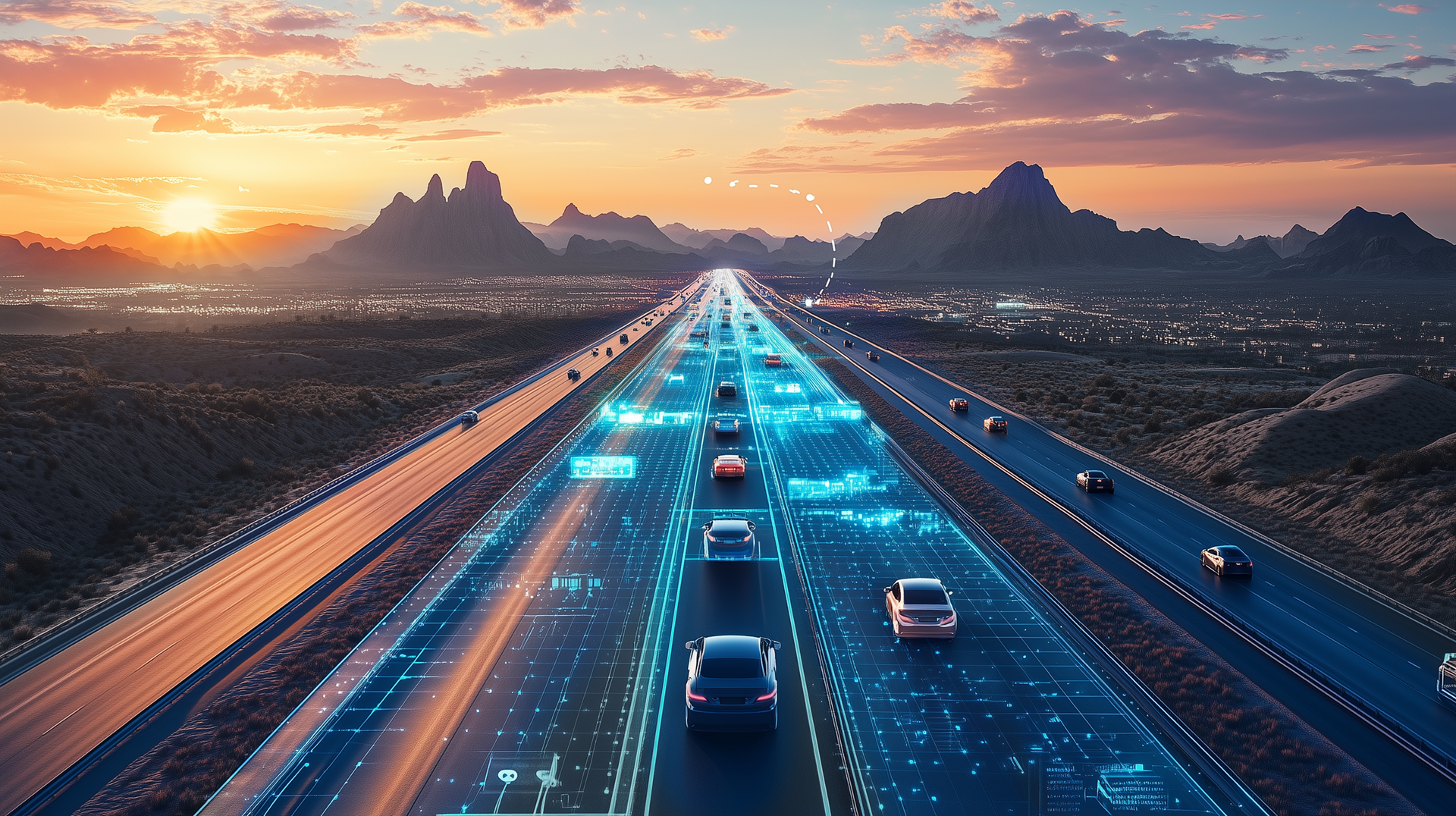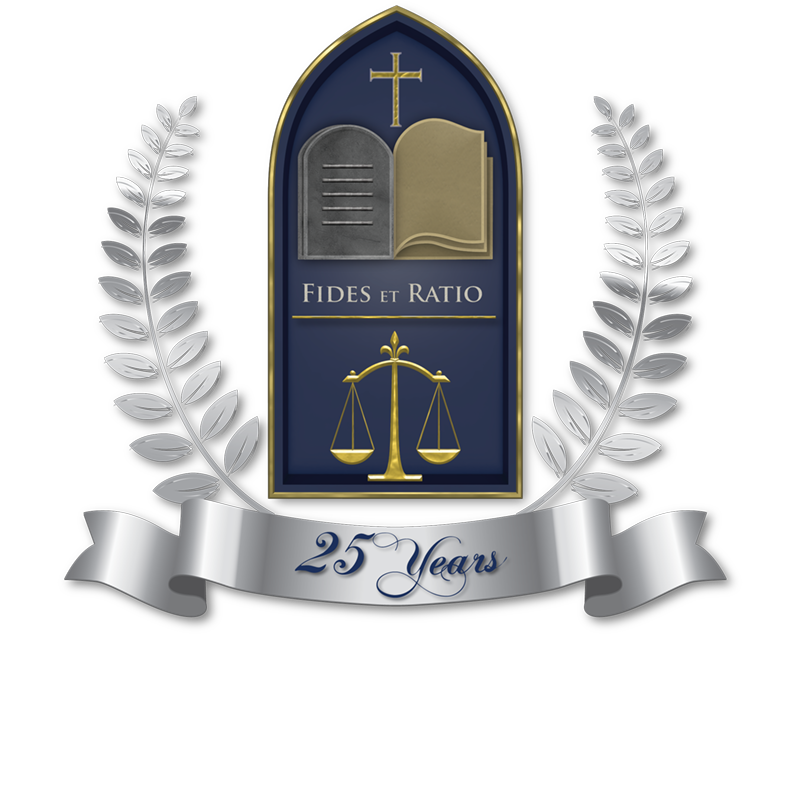Driving Towards Change:
Navigating the Insurance Landscape of Automated Vehicles

By Jamie Dasher,
Editor and Chief
The Gavel
Class of 2024
In the 1920s, people thought by the year 2000, flying cars would be commonplace. Unfortunately, innovations have not come far enough for every family to have a flying car. However, the new best thing is autonomous vehicles, which, depending on their level of automation, can be driverless. Advancements in technology bring numerous downsides, including cyber-attacks, privacy concerns, and insurance implications. When looking at these, the question becomes: Who is responsible when an incident or controversy arises from an autonomous vehicle?
The Society of Automotive Engineers created a classification system of automated vehicles ranging from level 0 (no automation) to level 5 (full driving automation).1 Level 0 includes lane departure warning, automatic braking, and front collision warning.2 These are typical features of new vehicles, but they do not interfere with the actual driving of the car. Each level increases the amount of automation reaching full driving automation with level 5.3 In fact, fully automated vehicles lack a steering wheel or pedals for manual operation.4
How do these cars work? Self-driving cars gather data through sensors and learn the environment surrounding the vehicle.5 The system then uses artificial intelligence (AI) and automated data processing to understand and learn patterns and environments.6 However, this process is not always 100% accurate. In 2019, Jeremy Banner was driving his Level 2 Tesla on a Florida highway.7 Just seconds after engaging the vehicle’s “Autopilot” mode, he fatally crashed into a tractor-trailer.8 His attorneys alleged that defects in Autopilot, amongst other safety features, caused Banner’s wrongful death by failing to apply the brakes or attempting to take evasive action to avoid the collision.9 This was not the first instance where Tesla’s “Autopilot” failed to detect another vehicle. In 2016, a similar accident took place on the same highway, killing yet another Tesla driver.10
When considering insurance policies, the insured and insurer should understand how these technological advancements affect the policy and coverage. Each state governs its insurance requirements and has different minimum coverage.11 For example, the State of Florida requires each vehicle registered in the state to have a minimum coverage amount of $10,000 in Personal Injury Protection and $10,000 in Property Damage Liability.12 But, if the vehicle is fully autonomous, Florida requires “[p]rimary liability coverage of at least $1 million for death bodily injury, and property damage.13
Insurance companies already utilize driving records to procure personalized premiums based on a collective number of accidents and tickets a driver has received. Recently, tracking programs that gather information on driving habits have been offered to drivers to lower insurance premiums.14 As vehicle manufacturers continue to implement more technological features, insurance companies will gain the ability to offer premiums and discounts based on several crucial factors such as: how often drivers utilize the self-driving function, how often they take their hands off the wheel, and how often they take their eyes off the road.
Looking at anticipated liability issues, manufacturers of autonomous vehicles involved in collisions could be subject to liability, especially if the driver’s seat is vacant. Florida Statute 316.85 states, “the automated driving system, when engaged, shall be deemed to be the operator of an autonomous vehicle.”15 Undoubtedly, this may cause problems when negligence actions are raised against the “driver” of the car if, at the time of the collision, automated driving was engaged. Therefore, because the system itself cannot be held liable under a negligence theory, either the manufacturer, the vehicle owner, or the “driver” would be responsible based on the totality of the circumstances.
Because autonomous vehicles incorporating AI is a relatively new area of law, several questions remain unanswered. Policies, statutes, and case law have yet to definitively answer whether accidents caused by self-driving cars, when automated driving is engaged, will be subject to strict liability or follow traditional negligence in tort and product liability. While this likely will cause changes in automobile insurance coverage, only time will tell if premiums will decrease as more autonomous vehicles are on roads, leading to more robust AI processing and fewer accidents.
References:
1 What Are the 6 Levels of Autonomous Vehicles, Faist, (January 11, 2023), https://www.faistgroup.com/news/autonomous-vehicles-levels/.
2 Id.
3 Id.
4 Id.
5 The Rise of AI: ChatGPT vs. Autonomous Driving Systems. TORC, (May 3, 2023) https://torc.ai/ai-chatgpt-autonomous-driving-systems/.
6 Id.
7 Soo Youn, Tesla Sued for ‘Defective’ Autopilot in Wrongful Death Suit of Florida Driver Who Crashed Into Tractor Trailer, ABC NEWS, (August 1, 2019), https://abcnews.go.com/Technology/tesla-sued-defective-autopilot-wrongful-death-suit-florida/story?id=64706707.
8 Id.
9 Id.
10 Id.
11 Eric Stauffer, Which States Allow Self-driving Cars? (2024) (November, 27, 2023), https://www.autoinsurance.org/which-states-allow-automated-vehicles-to-drive-on-the-road/#:~:text=As%20of%20now%2C%20self%2Ddriving,cars%20will%20likely%20also%20vary.
12 Fla. Stat. § 324.021(7).
13 Fla. Stat. § 627.749(2)(a)(1).
14 Kristen Hall-Geisler and Jennifer Lobb, How Do Those Car Insurance Tracking Devices Work?, US NEWS, (January 26, 2024), https://www.usnews.com/insurance/auto/how-do-those-car-insurance-tracking-devices-work.
15 Fla. Stat. § 316.85(3)(a).




